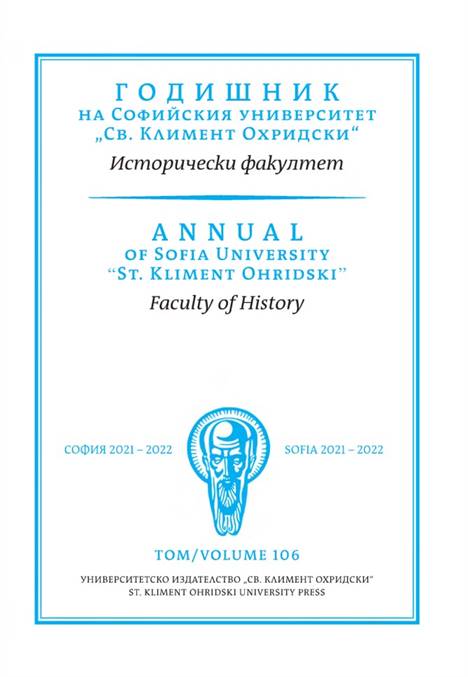Съединените щати, планът Маршал и проблемите на европейското единство
United States, the Marshall Plan and the Challenges of European Unity
Author(s): Boris StoyanovSubject(s): History, Diplomatic history, Political history, Recent History (1900 till today), WW II and following years (1940 - 1949)
Published by: Софийски университет »Св. Климент Охридски«
Keywords: United States of America; Marshall Plan; Integration; CEEC/OEEC; United States of Europe
Summary/Abstract: The study explores the United States’ changing attitude towards European unification in the late 1940s. Initially indifferent, the US eventually embraced the European project as a key aspect of its foreign policy. This shift occurred in 1947 when the US recognized the numerous benefits of European integration. As the Cold War emerged, the US linked its interests to the security and stability of Western Europe, viewing it as a democratic and prosperous region. The US considered Western Europe as a reliable partner for global free trade and containing communism. The administration utilized the economic tools of the Marshall Plan to support the creation of a United States of Europe, with the ultimate strategic goal of achieving a political federation in the future. Special attention is paid to the efforts of senior American diplomats and politicians to convince US Congress and European partners of the benefits of integration, as well as the reaction of Western Europeans to calls for supranational unification coming from across the Atlantic.
Journal: Годишник на Софийския университет „Св. Климент Охридски“ – Исторически факултет
- Issue Year: 106/2023
- Issue No: 1
- Page Range: 187-252
- Page Count: 65
- Language: Bulgarian

